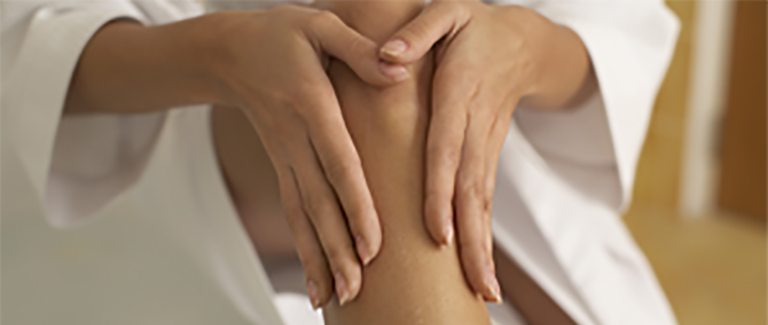When a woman becomes pregnant, many physiological and emotional changes can take place — a rise in hormone levels, an increase in blood volume, and an increase in uterus size, just to name a few.
These physiological changes during pregnancy are also often accompanied by a long list of physical symptoms, including:
- Nausea
- Fatigue
- Frequent urination
- Faster heart rate
- Higher resting body temperature
Another common symptom of pregnancy is varicose veins. While many people who aren’t pregnant experience these painful, bulging veins, pregnant women are at a greater risk of developing them, especially in the legs. Here is a list of the reasons behind the connection:
Increased Blood Volume – A pregnant woman has about 50 percent more blood volume than when she was not expecting. This increase in blood volume places an extra burden on her veins, which are already fighting against gravity to push the blood back up from the lower extremities to the heart. This has a tendency to cause the walls of the veins to weaken, stretch and sag.
Pressure on the Inferior Vena Cava – As a pregnant woman’s uterus grows and becomes heavier, it puts more and more pressure on the major vein that runs on the right side of her body, called the inferior vena cava. This increases the blood pressure in her legs which, again, places an added strain on her veins.
Progesterone Levels – Another connection between pregnancy and varicose veins is the increased levels of the hormone progesterone in a woman’s body during pregnancy. The heightened levels of this hormone cause the walls of the veins in her body to dilate and relax. This increases the likelihood that the veins will swell and bulge, becoming varicose veins.
How to Avoid Varicose Veins During Pregnancy
Varicose veins can be painful and cause a sense of “heaviness” and burning sensations in the lower extremities. There are things that pregnant women can do to prevent or minimize the impact of varicose veins including:
- Regular exercise to help maintain healthy blood flow
- Elevating feet and legs throughout the day, especially after sitting or standing for extended periods of time
- Avoiding crossing legs or feet as this can hinder blood flow
- Maintaining a healthy weight
- Changing body positions periodically to maintain proper blood flow
- Sleeping on the left side of the body, which relieves some pressure on the inferior vena cava
- Wearing compression stockings, which help foster efficient blood flow from the lower extremities
Healthy Veins During Pregnancy
Pregnancy brings with it a surplus of symptoms — emotional and physical alike — that contribute to the growth and birth of a baby. While varicose veins are more likely during pregnancy, there are things pregnant women can do to reduce their risk by managing exercise, weight, daily activity and sleep positions. After delivery, varicose veins typically reduce and disappear.
If you have questions about your risk of varicose veins during pregnancy, give the vein specialists a Total Vein Care a call today at (225) 245-2540 to schedule your next appointment.

